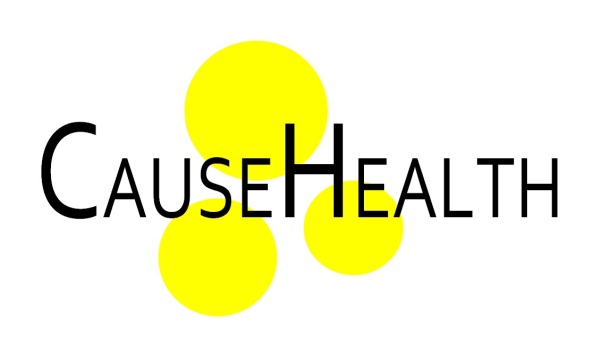When discussing the potentials and limitations of “Evidence Based Medicine”, it might be reasonable to begin by examining the premises inherent in the concept. It might be wise to question, for example, whether the use of the word “Evidence” in this model represents an improper appropriation of the term, as if it had a single, specific meaning. One might object: “What is evident? Well, that depends.”
The epistemological framework upon which EBM is grounded, and the methodological hierarchy on which it is based, demand that certain rules and sets of criteria be adhered to so that the “best” evidence may be determined. These criteria and rules are anchored entirely within a positivist tradition and a reductionist approach. When seeking evidence through such “lenses”, however, there are no individuals nor is there any subjectivity. By logical extension, when using these instruments to evidence “true” causes of disease or the “best” ways of treating them, there is no individual patient or any living person “in sight”.
From the point of view of an experienced family doctor or General Practitioner (GP), it is quite evident that this sort of evidence is not applicable in the majority of every day encounters they have with individual patients asking for medical help and advice. This is because each patient encountering a physician is more and different than what the medical definition of the status and role of “patient” alludes to. This fact has been widely acknowledged – and supported – by the movement advocating that medical attention and intervention be guided not by an interest in the diseased patient but rather by an awareness of the suffering person. Person-centred medicine, however, is not the same as “personalised medicine”. The latter represents the traditional, fragmented and individualised framework while the former appraises the person with her or his specific lifetime experiences, values and purposes.
In Western countries, most persons asking their regular GP for help and advice share certain common characteristics: they show up repeatedly and over time, although at varying intervals and for a variety of reasons; they present complex health problems which may involve acute maladies but often include chronic, somatic and/or psychiatric distress; at the same time, they may seek advice for medically unexplained or undefined malfunctions, which may be equally if not more problematic and incapacitating than the supposedly well-defined diseases or disorders.
This real-life scenario, the everyday challenge and professional terrain familiar to each GP, is a far cry from the “properly” divided and separated medical map of the system-organ-tissue-cell-specialised EBM. This engenders a highly relevant question: is this a mismatch that might be “corrected” or “controlled for” by adapting the terrain to the map? Were it possible to subordinate the terrain to the demands of the map, where is the evidence that such a strategy would succeed, in general, and for treating sick people in particular? One might even ask whether the evidence of an increasing number of people suffering from either chronic states of bad health that medicine can not cure or from medically unexplained incapacitation which medical treatment can not prevent, let alone heal, is evidence of a mismatch between the map and the terrain that, in fact, disqualifies the map.
Furthermore, experienced GPs are aware of patterns of sickness, both within groups of patients and in individuals, that seem to point to sources of bad health beyond the medically defined horizon of causality. These patterns are complex and transgress such medical dichotomies as “somatic” and “mental”. They are specific in the sense that they represent clusters of diseases or malfunctions, which apparently have such common “causes” as inflammation, infection or invasion (in the sense of tumour growth). This, however, leads to the next level of relevant questions, those regarding the “cause” or “causes” of a dangerously compromised immune system manifesting in systemic inflammations, repeated infections or multiple invasive processes. Here, a rapidly growing documentation highlights the medical significance of context, offering ways of understanding the detrimental impact of lifetime adversity on health.
In addition, these clusters are more often found among people from more deprived strata of any local or national population. Patterns of sickness across domains and related to social class, termed “social gradients”, have been described and documented extensively. However, in the long tradition of individualising health problems, these gradients have been attributed to problematic, group-level lifestyle choices. This does not represent an exhaustive explanation.
In conclusion: the “deep causal knowledge”, which Rani Anjum considered a precondition for a more appropriate understanding of human sickness, also provides an adequate foundation for proper medical treatment. This is the case given that, rather than chronification, the amelioration and healing of human suffering are the medical profession’s true mandate.


2 thoughts on “Map versus terrain?”